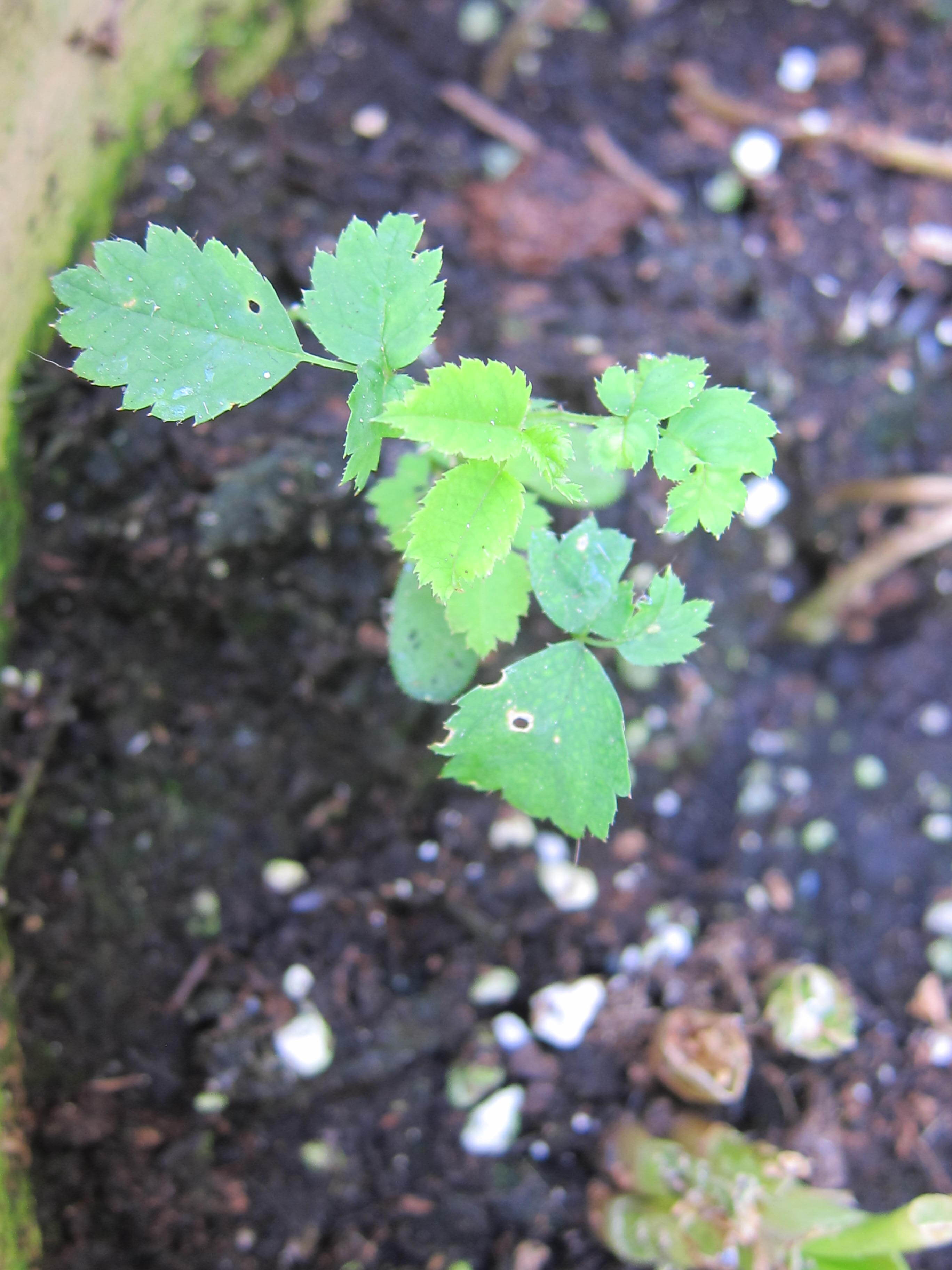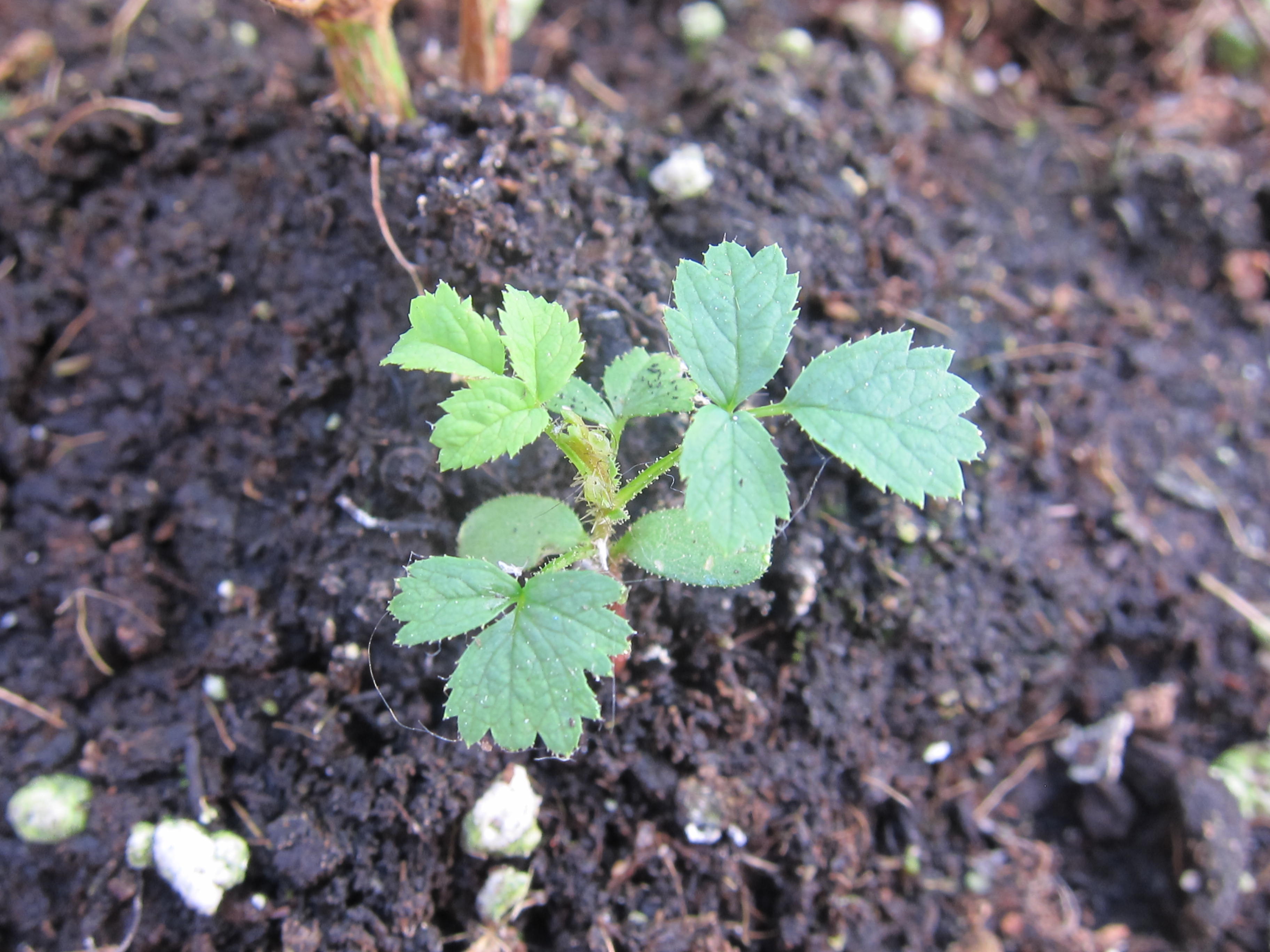I planted a lot of rose seeds last October, and they started to produce tiny seedlings about March.
No stratification, I just cleaned the rose hips and planted the seeds outside in potting compost, watered and left over the winter.
I now have maybe seven or eight little seedlings. I lost a lot through forgetting exactly where I had planted them and re-using their potting compost, due to lack of space. Another time I would expect to wait six months so leave them in their very own labelled compost, and maybe some forgotten ones will come up in odd places in the future. I had done a similar thing with some primrose seeds I planted at the beginning of this year and they are only just now starting to produce tiny seedlings, unmistakeable what they are and I am developing an eye for identifying seedlings.
Of the seven or eight little rose seedlings that I have, two of them had pot seedling companions which died suddenly for no reason. I have tried to watch the remaining ones carefully, give them a tiny bit of Miracle Gro and a tiny bit of Epsom Salt in their water, and fingers crossed they are still alive. One of them has about ten tiny leaves on it.
Are rose seedlings very fragile and liable to suddenly wither and die? Is it something I am doing or not doing, or is it the genes of that particular rose?
I would be so happy if just one of these seedlings produced a flower this summer.
Some are genetically weak, others are indestructible. Basye’s Legacy/Commander Gillette generates the smallest, weakest seedlings I’ve encountered, though its pollen on other seed parents produces some healthy, vigorous seedlings. Some of the deaths are likely due to the pot size and type and your climate. If the pots are too small or terra cotta or ceramic (those are cooking utensils) they may heat up greatly on hot, sunny days, cooking the contents. I avoided all of that by building raised wooden tables which hold about four cubic feet of potting soil. The soil balls are large enough and the wooden sides insulated enough to prevent the roots from frying even on the hottest days. They’re large enough to hold a lot of water so I don’t have to water them constantly. If you are interested in what I built, you can see them here on my blog. Pushing the Rose Envelope: Seedling tables You could easily create similar type planters and leave them on the ground, or simply purchase wooden boxes to plant in. Wood is a great insulator. The soil inside it remains quite cool and damp, even on triple digit days and sun shining directly on the box sides.
The two seedlings that suddenly withered and died are in terracotta pots, with two surviving seedlings in the same pots. The seedlings in plastic pots have survived. Of the terracotta pots, one is old and unglazed and one is new and glazed. Our weather has been quite warm for the past couple of weeks, but with a maximum daytime temperature of about 21 degrees Centigrade (69.8 degrees Fahrenheit), which isn’t boiling hot. The problem here is not enough sun rather than too much. It hasn’t rained for weeks, or very little, so I have been carefully watering. I hadn’t thought of wood as a plant container, I suppose painted wooden boxes might defeat the purpose of using wood?
No, wood is wood, the paint may have limited effect, but terra cotta and ceramic ARE cooking utensils and the sun shining directly on them is quite like a flame or electric element heating a cooking pot. Both materials absorb and radiate heat a very long time and can easily cook the soil balls and roots inside them. I worked for some years at a nursery two blocks from the Pacific Ocean in Los Angeles. It was frequently foggy, damp and chilly, but when the sun shone directly on those kinds of pots, even with cool air temps, the pots heated rapidly and remained hot enough to damage and kill the plants inside them. I deliberately placed large ceramic pots right in front of the place in the parking lot so when people questioned what I was telling them, I could walk them over and have them place their hands inside the heated pots to see for themselves. Daily, someone would enter to complain about a potted plant not performing and almost always the problem was solved either by moving the pot into a more shaded situation; increasing the size pot so it was large enough not to bake fully from the exposure; change the material to fiberglass, insulated plastic, wood or concrete; or literally wrapping bubble wrap or thin styrofoam inside the pot to insulate it. That was in the “fog belt” where the air temp was frequently in the sixty degrees F range. Just a few miles away in the “inland heat”, the temperatures went rapidly higher thirty to fifty degrees during the hotter months, so those effects rapidly increased. That’s frequently been an issue with people growing mini roses, too. Grocery store minis are SO cute in their three and four inch pots and those little, root bound pots full of peat moss dry out and fry in a matter of very little time. Terra cotta pots, even unglazed so they can ‘breathe’, do it. The plastic nursery cans do to a certain extent but they are much less of an issue compared to the cooking utensil materials.
Roseseek, thanks I had a look at your interesting blog. My terracotta pots are quite big. I do have other pots that are made of a sort of fibreglass, that my roses seem to like. I will try to think of making something with wood.
Kim - Thank you for the link to your blog. That is an excellent, inexpensive idea.
You’re welcome! Thank you. I’m delighted it helped!
Today is very hot here, about 24 degrees Centigrade (75.2 Fahrenheit), and I checked to see how hot my plant pots are getting. My big glazed terracotta pots and my big fibreglass/clay pots seem ok under the canopy of leaves, the pots and their compost aren’t getting hot at all, but they are in partial shade and heavily covered with foliage, some of the roses are sharing a pot with feverfew flowers and their canopy of leaves. The leaves are in the sun but the pots aren’t. The one pot that is worryingly hot is a smaller fibreglass and clay pot which is dark in colour, even the compost is warmer than in the other pots. It contains a small rose whose foliage is still sparse. This reminded me that I recently noticed that in the hot sun dark coloured woodwork gets hot quickly whilst adjacent light coloured woodwork stays cool. If I make containers out of wood and want to paint them, it might be a good idea to paint them a light colour?
If you want to paint them at all. It depends upon the type of wood you have available. I use the standard fir fencing boards available here. Fir and cedar replaced redwood, which would be ideal but not sustainable nor affordable. So far, I’ve had fir boards last for this use five years before I tossed them to move. I suppose if you have less durable wood and need to protect it, or if you aren’t attracted to the look of wood, you could paint it, but you would need to seal the entire board to prevent water from penetrating from the untreated surface to behind the seal of the paint.


